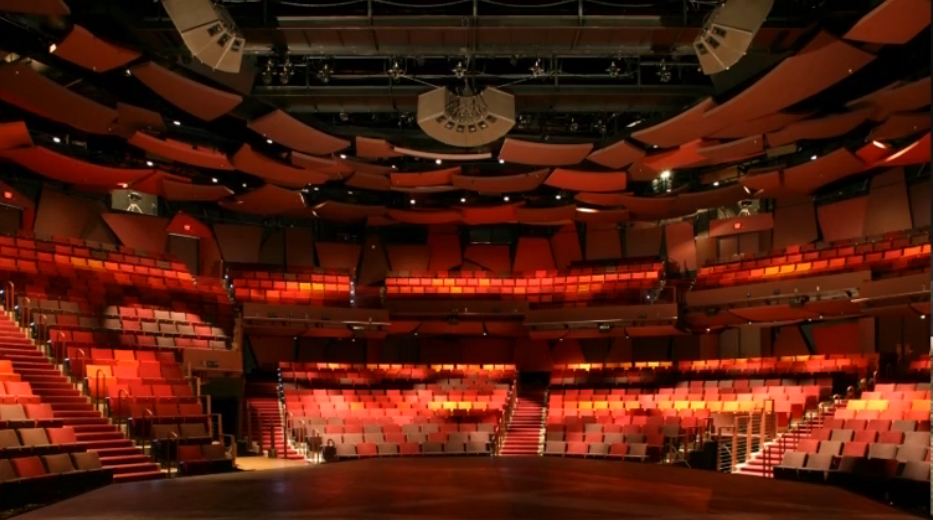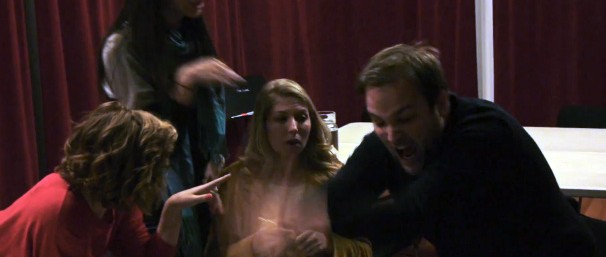Have you had experience as a Theatre Gypsy?
Once, they were called ladies and gentlemen of the ensemble. Then they were just plain chorus girls and chorus boys. But for decades now, they have been popularly known as theatre gypsies, because they wander from one Broadway chorus to another, seemingly always on the move. You may not remember their individual names, but you've almost certainly seen them. One month, they're the dancing feet of 42nd Street; the next thing you know, they’re the singular sensations of A Chorus Line or the guys and dolls of — well, you know. Many film legends, from Cagney to Crawford, got their start in the musical chorus before eventually working their way above the title. And every now and then, as with 42nd Street’s Peggy Sawyer, a gypsy will step in for an ailing star and make history overnight. Possibly the most legendary example of that is Shirley MacLaine, who understudied an injured Carol Haney in The Pajama Game, just in time to be spotted by Hollywood producer Hal Wallis. Many years later, Sutton Foster of Thoroughly Modern Millie and Brad Oscar of The Producers were in the right place just at the right time and moved to stage center, parlaying backup roles into sudden, career-making leads. But for generations of gypsies, success doesn’t depend on stars on their dressing room doors. “Nothing I know brings on the glow like sweet applause,” sing the gypsies of the Charles Strouse musical Applause. And in more recent years, the singers and dancers in the Broadway chorus have been celebrated as never before, not only with ceremonies like the Gypsy Robe®, but with frequent opportunities to take their own temporary turns leading musical numbers, such as at the phenomenally successful Gypsy of the Year fund-raisers for Broadway Cares/Equity Fights AIDS. In a 2012 interview with CBS Sunday Morning, Richard Korthaze, whose Broadway career stretched from the mid-1950s to the late 1980s, looked back fondly on the rapport he had with his fellow travelling players. “You always had your rehearsal bag, either going to rehearsal or going to class,” he recalled. “You were like a gypsy, roaming New York, like [in] a caravan. The camaraderie that builds up over time with your fellow performers in the ensemble—it is like a family of gypsies.”
--Andy Buck
This video is a collaboration between TDF and Actors’ Equity Association.
Here’s the creative team:
Writer/director: Mark Blankenship, TDF’s online content editor
Cinematographer/editor: Nicholas Guldner
Starring: Lisa Gajda
—
Actors’ Equity Association (“AEA” or “Equity”), founded in 1913, is the labor union that represents more than 49,000 Actors and Stage Managers in the United States. Equity seeks to advance, promote and foster the art of live theatre as an essential component of our society. Equity negotiates wages and working conditions and provides a wide range of benefits, including health and pension plans, for its members. Actors’ Equity is a member of the AFL-CIO, and is affiliated with FIA, an international organization of performing arts unions.

